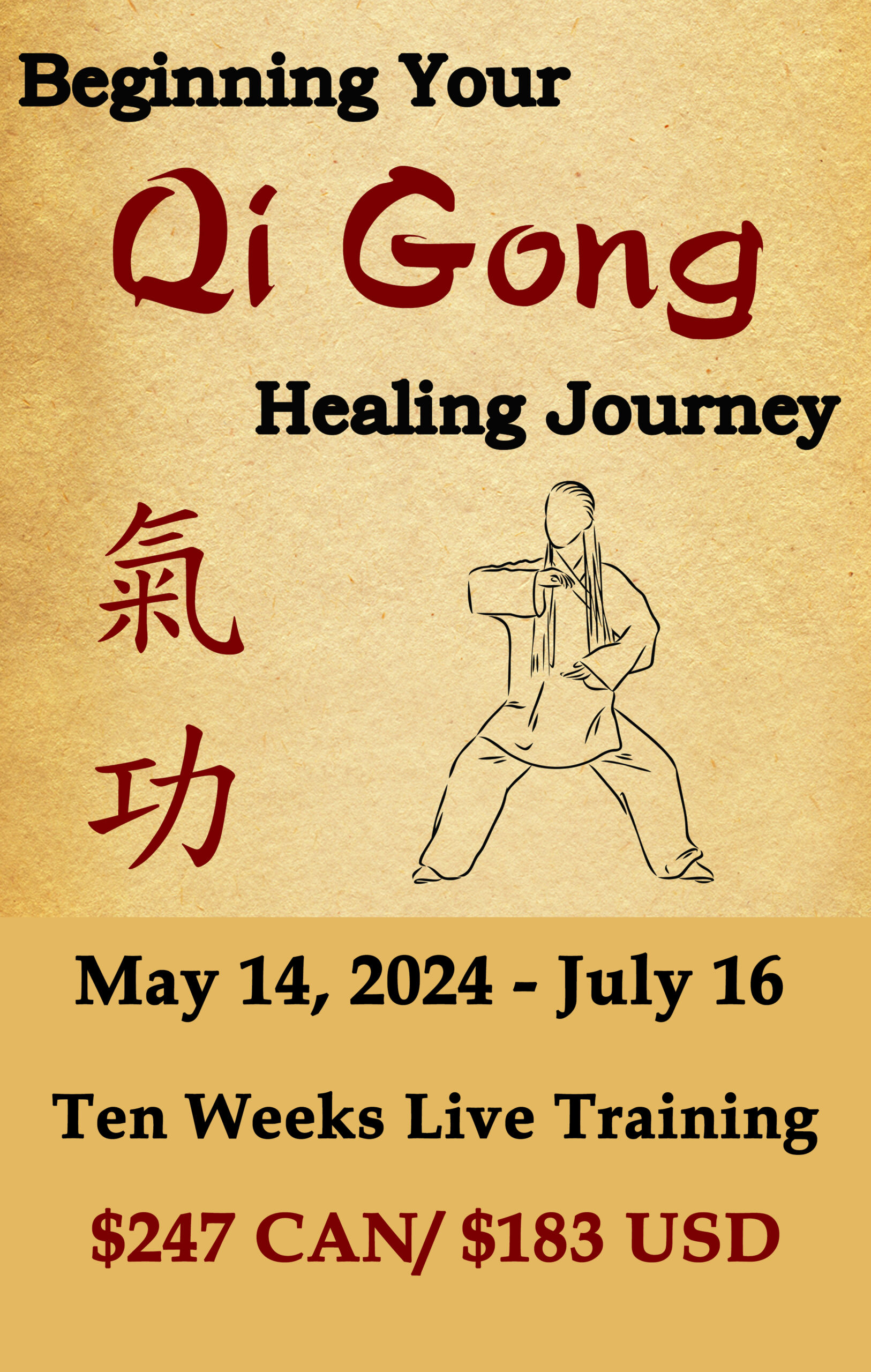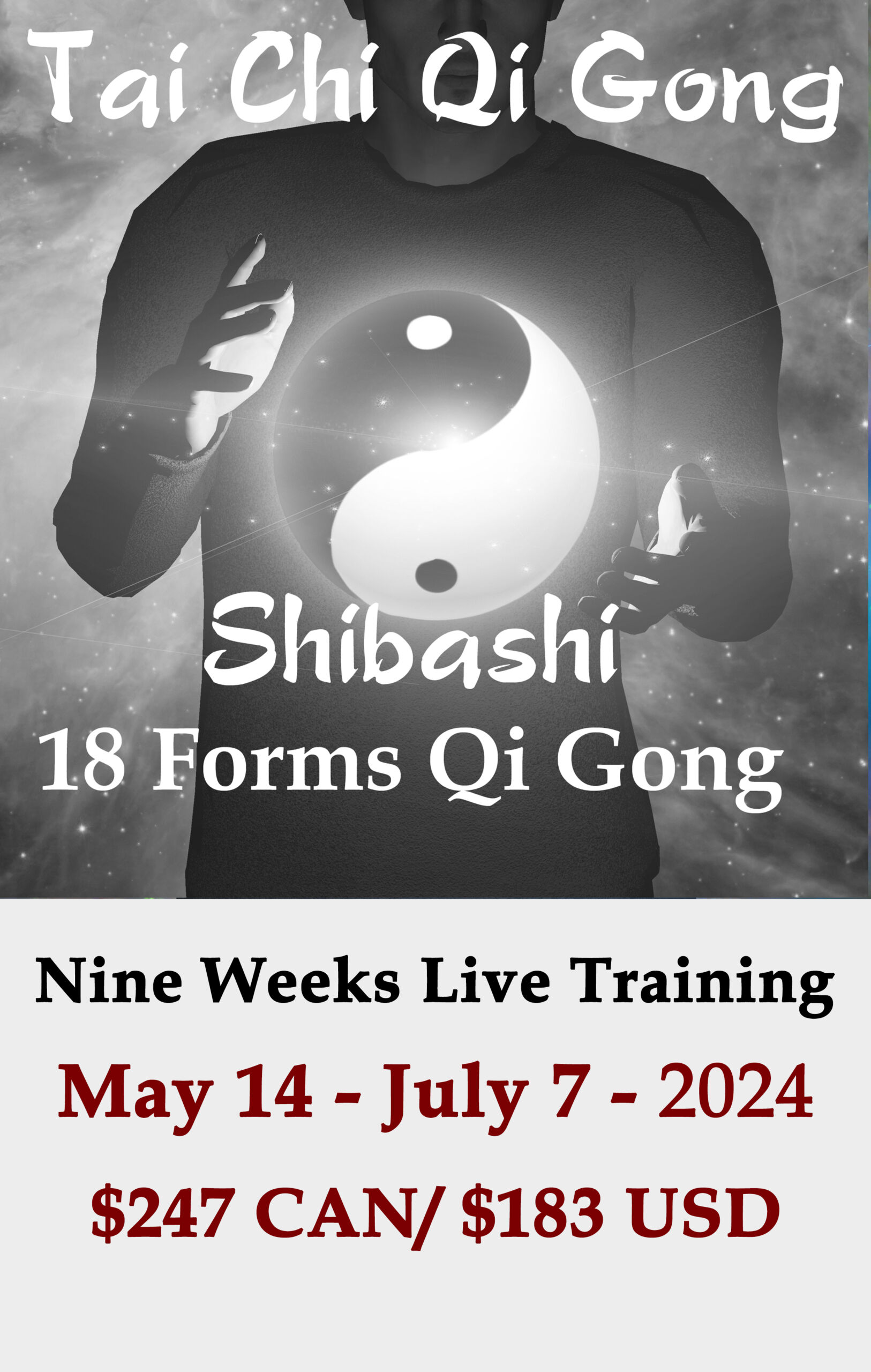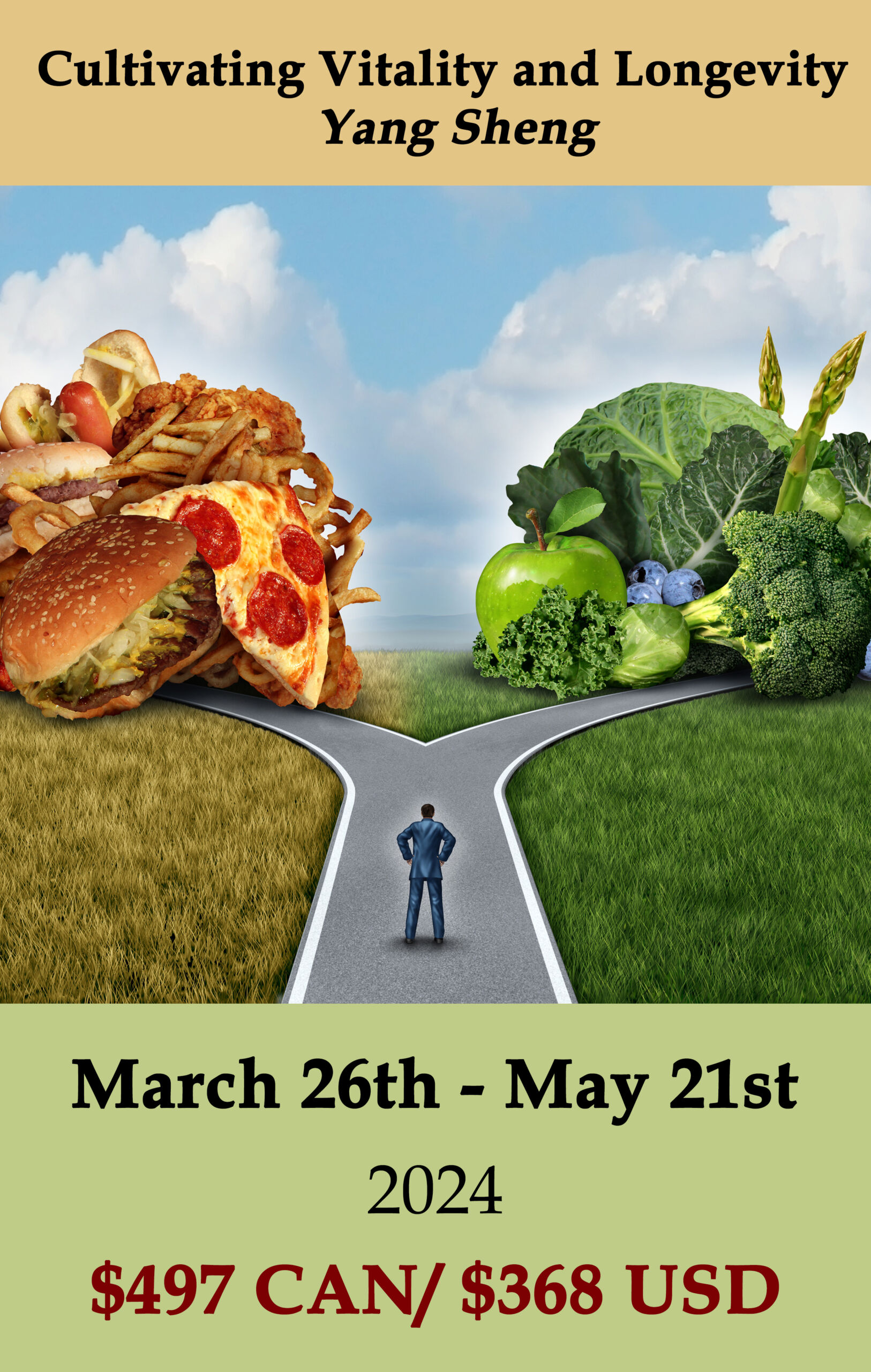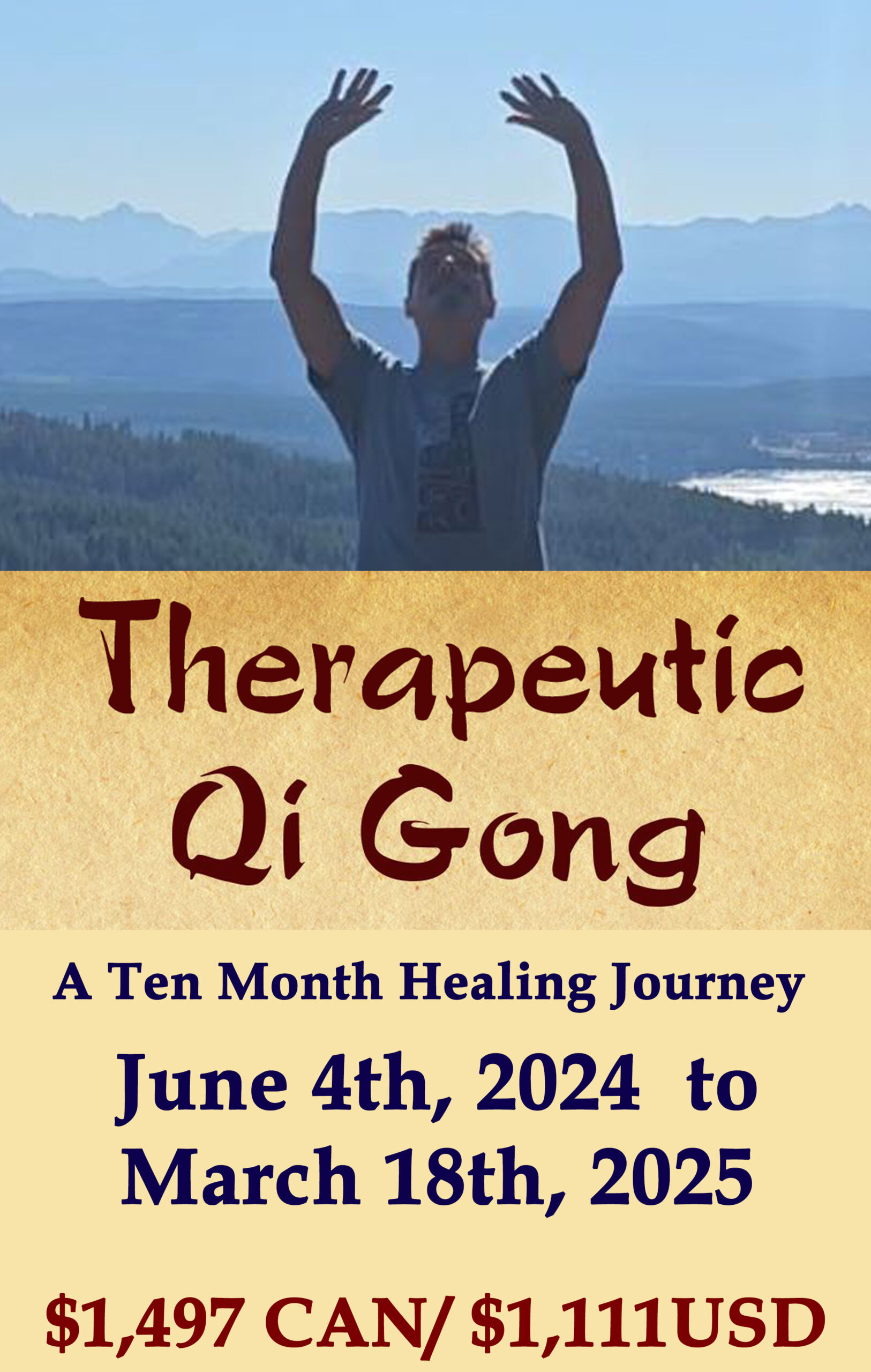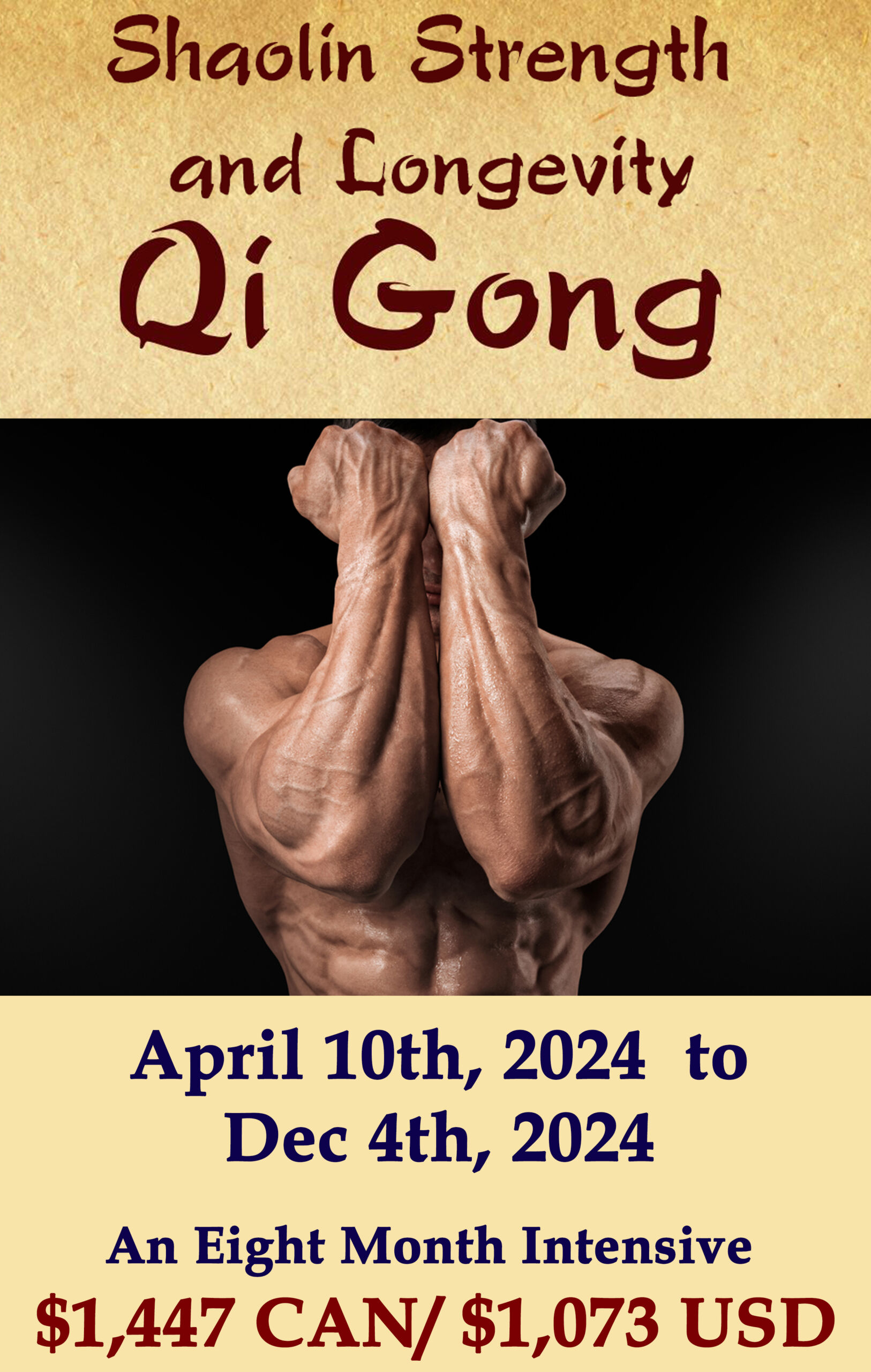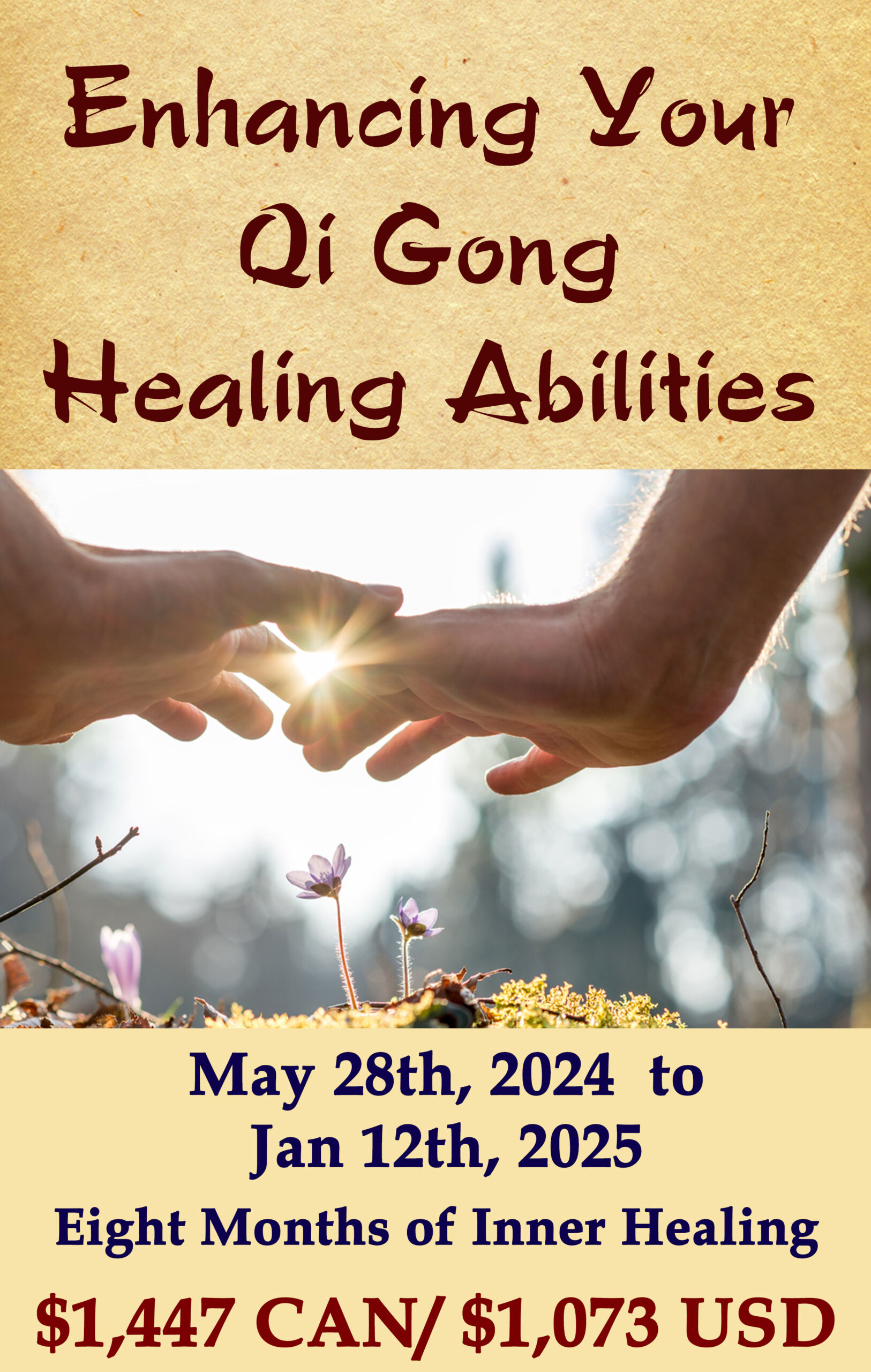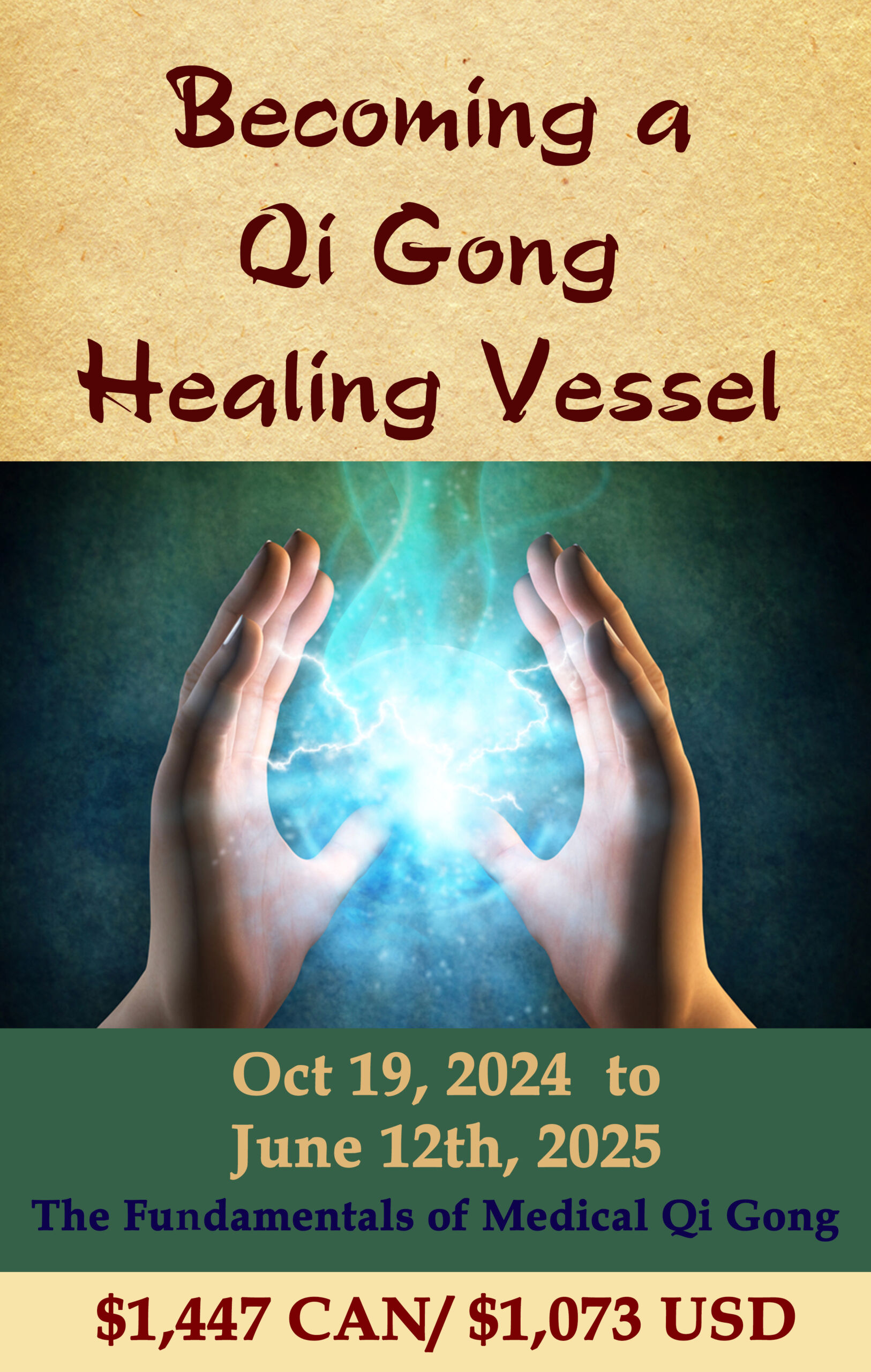There are countless reasons why Qi Gong combined with Resistance Training can improve your health, vitality, and Longevity.
Below is a video describing the origins of the principle and practice called Yi Jin Jing – or the Muscle Tendon Change.
Origins of Yi Jin Jing
The earliest known name for what we now call Qi Gong is Dao Yin. The earliest practices focused on whole-body flexibility and tone, conscious breathwork, and shape-shifting into animals.
In fact, the Chinese characters for Dao Yin 導引 imply a very dynamic, interactive, and precise relationship with active muscle tone and pliability. Imagine that your spine is a bow – as you stretch and bend (draw an arrow) you become aware of the tightest string along your spine. Dao Yin as a guiding principle for embodied practice suggests tension, tone, whole body pliability more than angle of flexibility.
Modern Qi Gong focuses mostly on standing soft and fluid movements at the beginning. It is the best place to start. This is essential to improve your structure, balance, release, momentum, connection, and flow Many people are surprised to learn the Early Dao Yin practices include strength training for martial arts, the possibility of fighting a bandit or thief was much higher back then.
Along with practices to stay fit and healthy, early Qi Gong also included Deeply immersive systems of self-healing practices and meditations for preventative self-care and recovering from illness (also referred to as Nei Yang Gong). Traditions of early Qi Gong that have shamanic roots and focus primarily on seasonal Attunement practice, shape-shifting into animals, and the Five Elements (Sometimes Xiu Dao or Nei Gong).
There are systems of Seated – floor/matt work (like Yoga)Dian Gong – According to the earliest Daoist texts, for thousands of years, practitioners have experienced longer lives, and better health, energy, and agility as long as they ‘bent like bears’ and huffed and puffed (skillful breathwork).
The Shaolin Monastery is famous for many things.
The Dao Yin process of pandiculation, tensegrity, and efficiency (or the Yi Jin Jing – Connective tissue transformation) was refined both for martial arts and to support extended periods of time in meditative stillness. How can these simple activities prolong life, increase vitality, and boost your Mojo?? In TCM this refers to the restoration and harmony of the three treasures Jing, Qi, and Shen – but that is for a different conversation.
Today, in this series of short conversations, I want to speak in depth about the Yi Jin Jing (Muscle/Tendon Transformation) practice – and specifically how certain elements of this directly impact human health, physiology, and aging. Here is a link to the Shaolin Strength and Longevity Qi Gong Course.
We begin on April 17th.
https://somadaoqigong.com/shaolin-strength-and-longevity-qi-gong-yi-jin-jing/
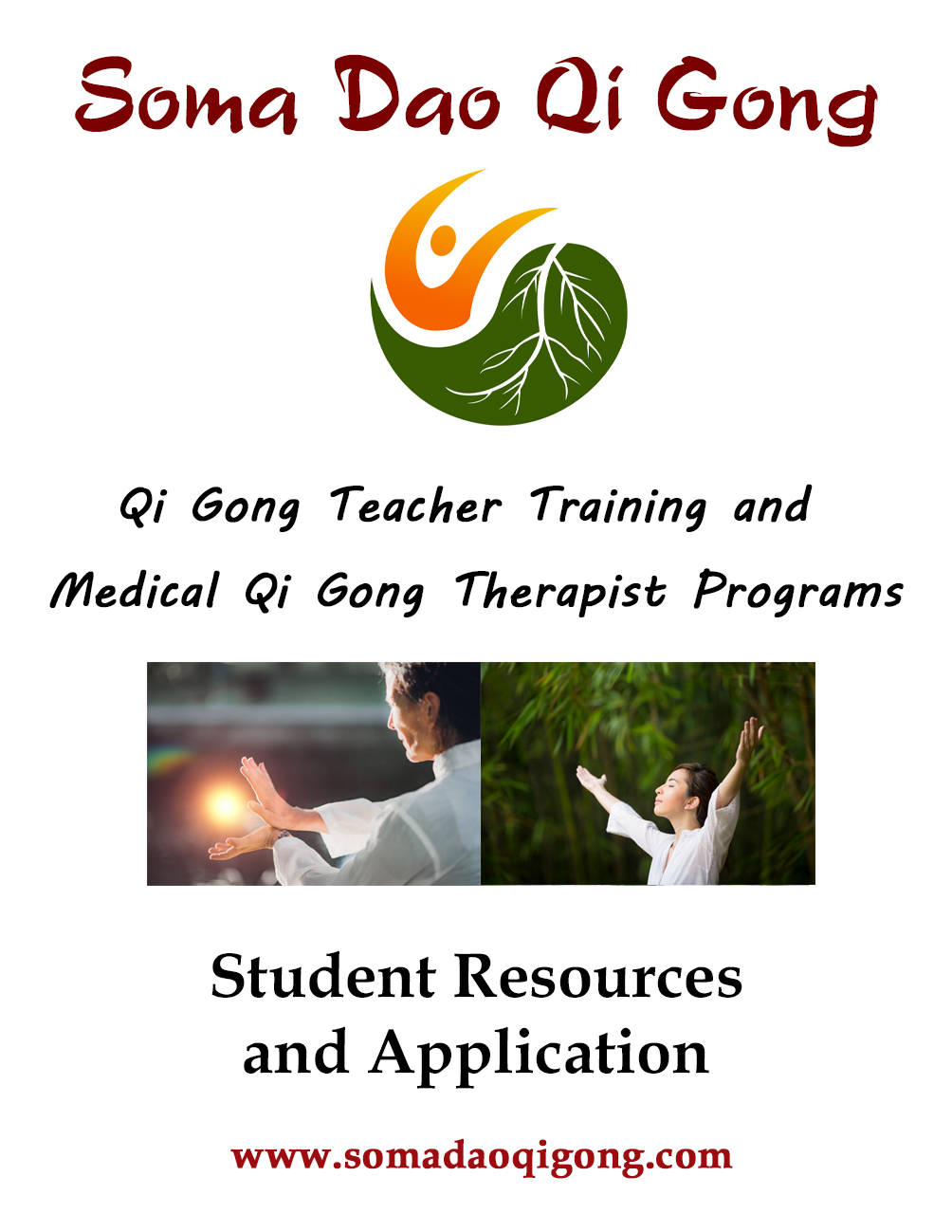
I am interested in learning more about becoming a Qi Gong Teacher and/or a Medical Qi Gong Therapist and would like to receive your MONTHLY newsletter.
YES! Send me a copy of the Student Resource Guide
(We respect your privacy)
2024 Courses with Dr. Michael Smith
Beginning April 8, 2024
Learn the skills, practices, and principles necessary to safely and successfully guide others through several kinds of Qi Gong Classes.

